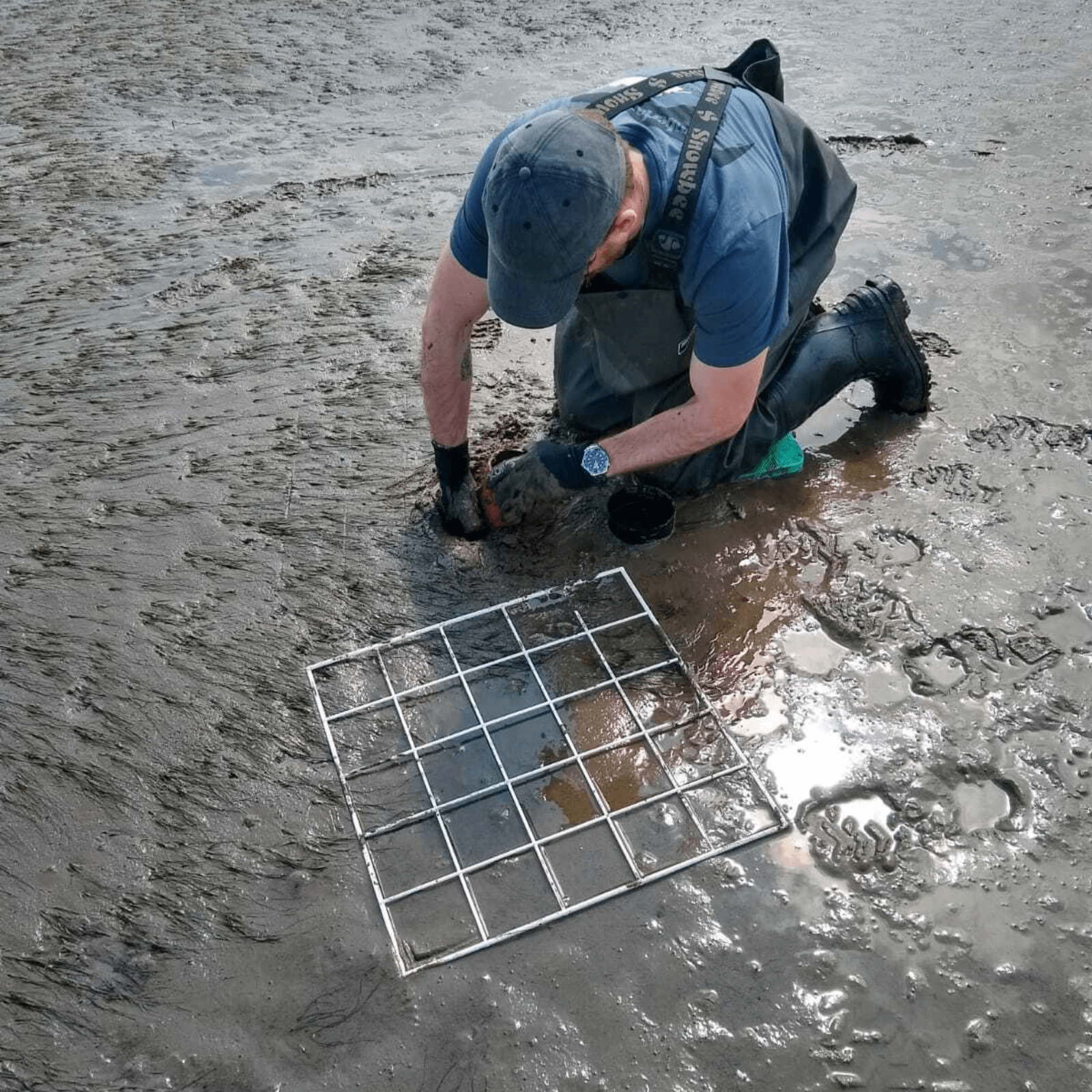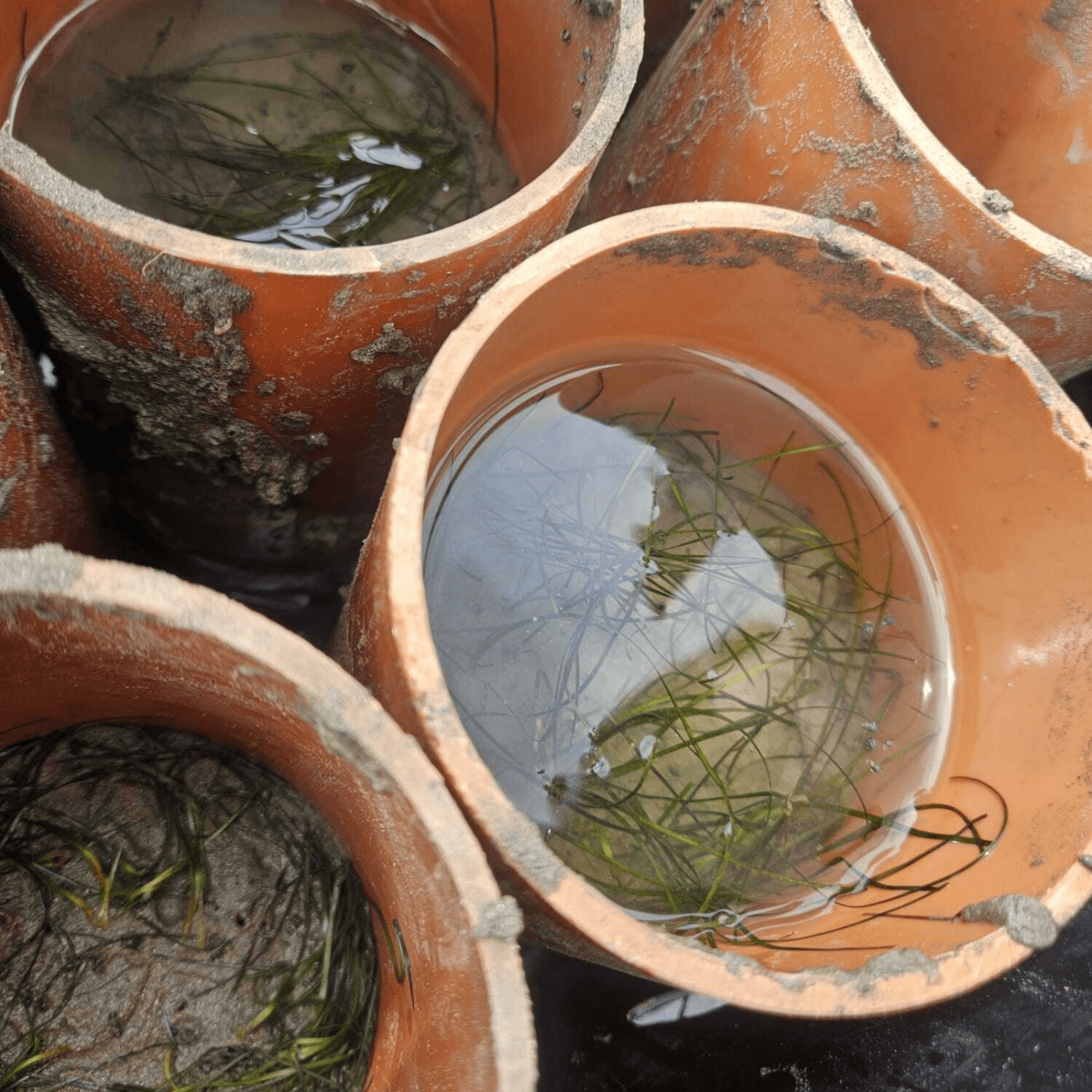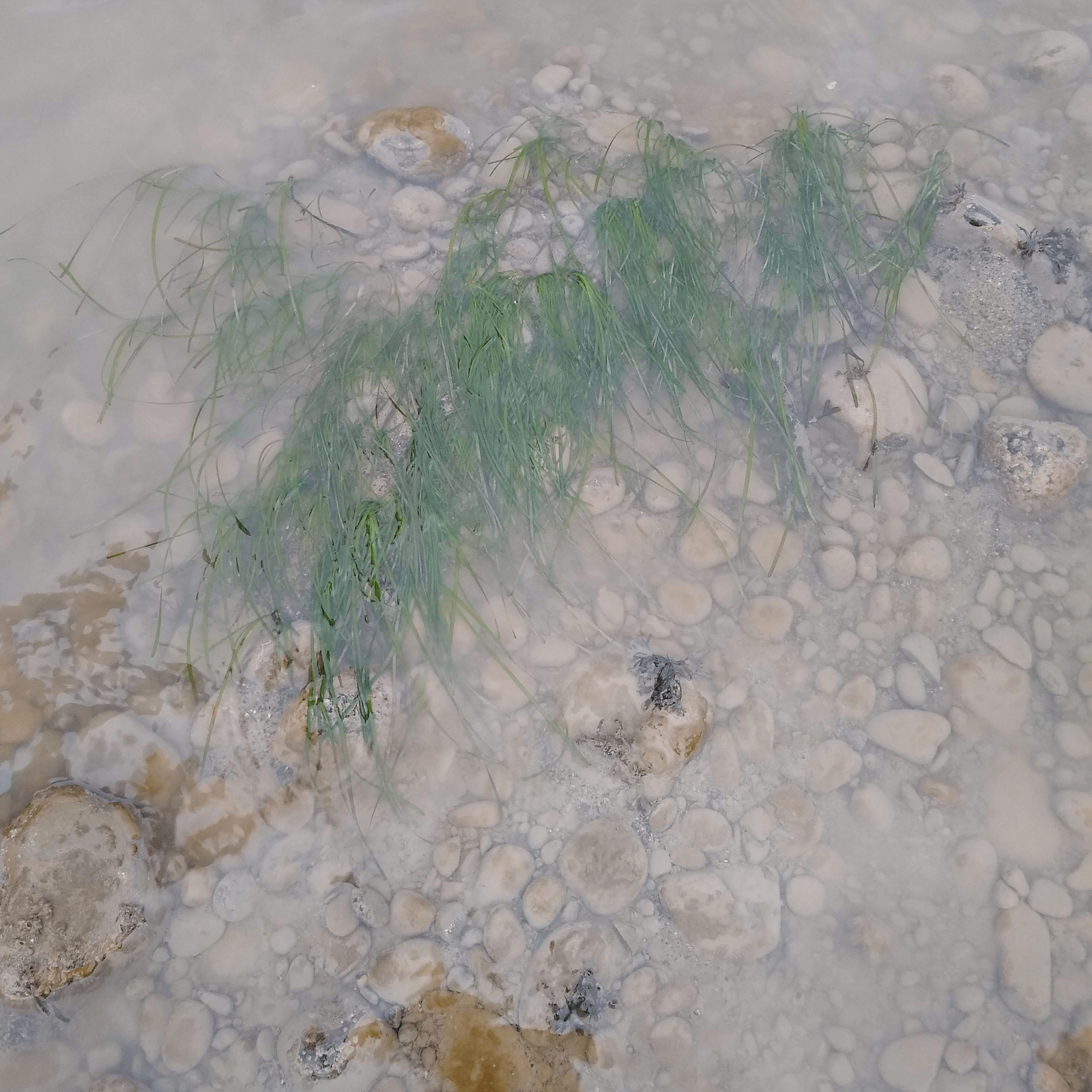- October 22, 2024
Content Team
Scientists from the marine conservation charity Project Seagrass are undertaking seagrass planting experiments along the South & West Wales coastline, including a new planting site in Butetown along Cardiff’s Foreshore.
Cardiff’s Foreshore is a popular place for sea-angling for species such as cod, which uses seagrass meadows as a nursery area. The Butetown site was identified as a potential location for seagrass restoration efforts based on the presence of small and isolated patches of existing seagrass growing naturally in the area. The scientists are using the experimental trials to explore the possibility of expanding these patches of seagrass for the benefit of biodiversity.
Ben Jones, Chief Conservation Officer at Project Seagrass said, ‘We’ve known about these small patches of seagrass on the foreshore for some time, clinging on, in what looks and feels like quite an extreme site. There’s now huge potential to expand this and create a large and vibrant biodiverse space in this urban coastal environment.‘
Following site assessments and monitoring of the current seagrass patches over the last couple of years, Project Seagrass began small-scale seagrass planting trials earlier this year.
60,000 seagrass seeds, collected from a much larger seagrass meadow in Porthdinllaen in North Wales, were planted out on the foreshore in May, alongside 75 seagrass plants transplanted from a donor meadow in Llanelli.
Emma Fox, South & West Wales Project Lead at Project Seagrass said, ‘The foreshore may not look like your typical site for a seagrass meadow, but exploring restoration within the shadow of Cardiff’s industrial past is an exciting, if challenging, opportunity to learn more about this versatile plant.”
The scientists at Project Seagrass used experimental methods that have shown success in other parts of Wales, but unfortunately, initial monitoring has shown that the seeds and transplants planted in May mostly failed. A further 75 seagrass plants planted out in Llanelli at the same time were still present so the team will now use these failings as a learning exercise to devise new methods for use in the foreshore’s challenging environment.
The planting on the Foreshore forms part of a wider programme of work to investigate sites along the South & West Wales coastline to identify and trial suitable restoration areas. The programme of work is delivered by Project Seagrass in partnership with Swansea University and with funding from Heritage Fund in partnership with Welsh Government; Wasserman Live; Rebel Restoration; and Ozone.
To register interest for future volunteering opportunities as part of this programme please contact: volunteers@projectseagrass.org




